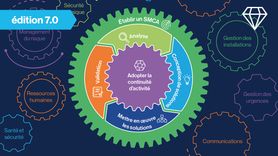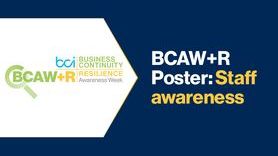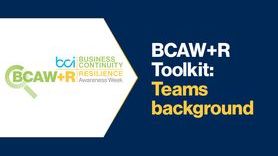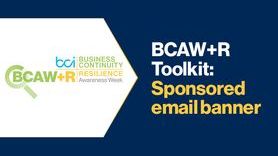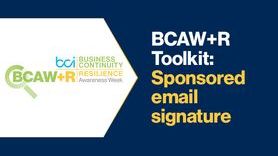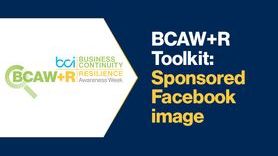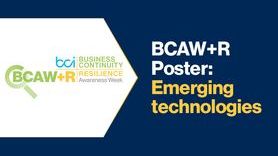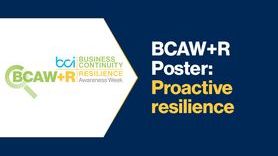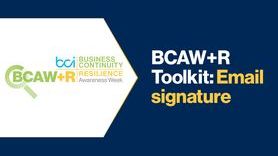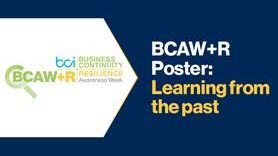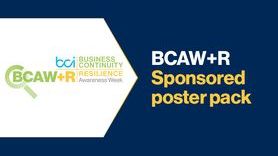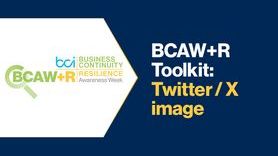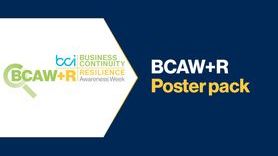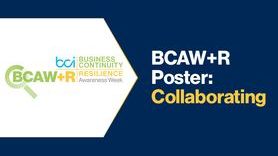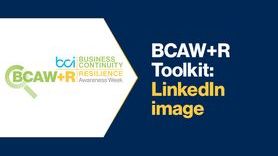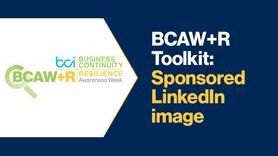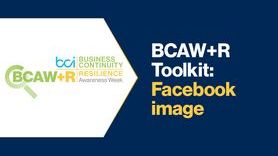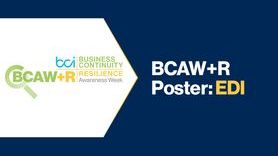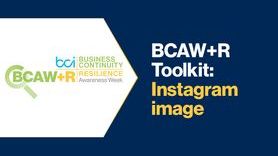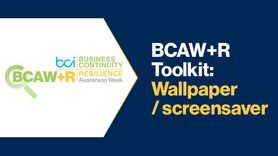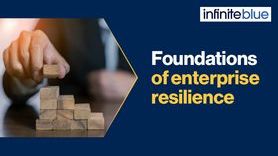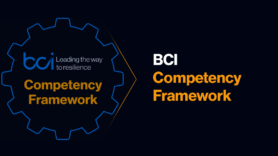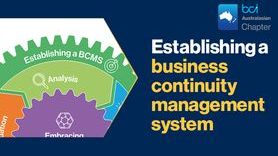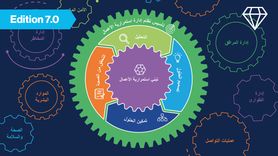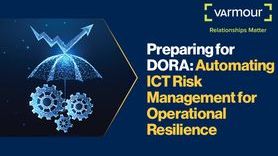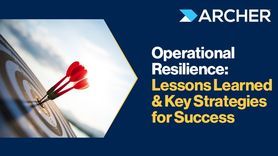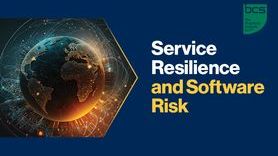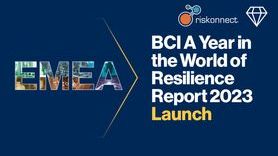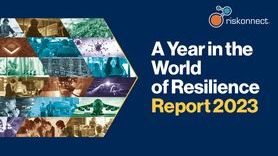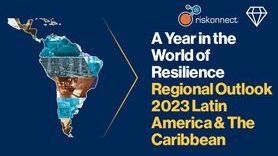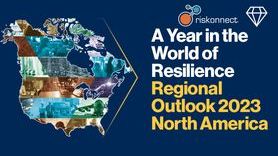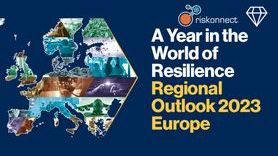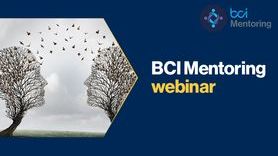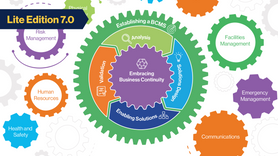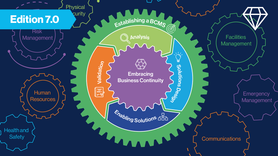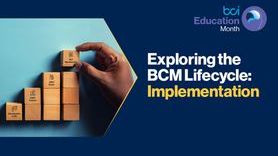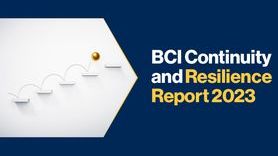Building resilience more widely in the community – the role of professionals
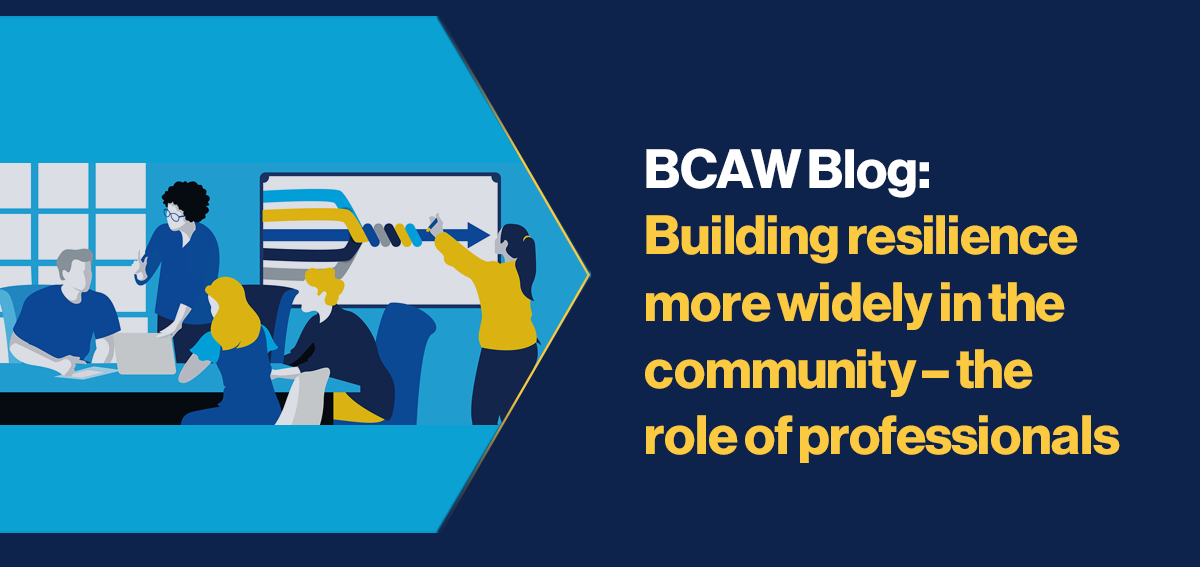
Not for a long time has the resilience of our society been so tested in the UK. Large numbers of people have stepped up to provide voluntary support and many new organisations have formed to help coordinate this. Many of us are helping out in this way. But is there anything we can do in the longer term as part of our professional work to help build resilience more generally?
I think there is. For many people, part of the shock of the pandemic was its unexpectedness. There seemed to be genuine fear and surprise that we could be affected by such an incident in the twenty-first century. For those of us lucky to live in a country with a well-developed health service there has been the tendency to assume that infectious diseases are a thing of the past. The difficulties experienced in recent years getting full uptake of vaccinations against childhood infectious diseases is one example of this.
Yet most of us will have been involved in developing a pandemic preparedness plan. A pandemic caused by a new infectious virus such as a Coronavirus has always been high on the UK’s National Risk Register and the risk from an influenza pandemic still remains the highest risk to the UK.
In addition, there are lots of other high impact but low probability risks that we regularly include in our business continuity planning. For example, a national failure of the electricity supply (a black start) or space weather. Any one of these shocks could have a huge impact on the country, but many people will be totally unaware of them. As a profession I think we should try to do more to help people understand the risks we may all face.
Furthermore, in the near future decisions will need to be taken about how much money we want to spend as a country to try and mitigate these risks to a level we find acceptable.
Consequently, it is better to think about these things before they happen, and not play catch-up later. Japan is due a major earthquake at some point. Awareness is high, but this doesn’t mean that when the earthquake hits, people won’t be terrified. Yet it does mean that everyone will know what they must do, and how they need to respond to save lives.
As a profession that spends a lot of time thinking about major threats, the impacts they could have, and mitigation that is needed, we have a role to play.
How can we do this? There are lots of different ways we can help. One way is to show our work in an engaging way. A couple of years ago I was head of Civil Contingencies at the Government Office for Science. I was regularly involved in emergency planning and providing support to the government’s COBR set up. As with many organisations, we were encouraged to spend a few days a year on voluntary work in the community. I approached a local authority school in the Westminster area and we agreed to do a couple of events with final year students at the school. We invited them to be the government for a day, and to role play how they would respond to a major emergency. The first part of the event gave an opportunity for us to describe the major issues on the national risk register, the impacts they could cause, and discuss how they would respond to a crisis. We then presented a major incident for discussion (I think it was probably widespread flooding and bad weather).
As you will all be aware from exercises you have run, there are a huge number of different issues to be taken into consideration and mitigation needs to be considered that is proportionate and achievable. The exercise also provided an opportunity to talk about how risks should be communicated to the public more generally, and what did “good communication” actually look like.
When the opportunity for corporate volunteering appears, rather than focusing on activities such as painting or gardening for a charity (although these are good of course!) why not consider what you could do to try and raise awareness of risks in the community in an engaging way?
There’s more that can be done at a corporate level as well. An advert campaign in the UK by Barclay’s Bank did this very well. That campaign would have been directly relevant to Barclay’s as a bank. But there was a secondary benefit of raising awareness more generally. At work when I was involved in campaigns to make a more “cyber savvy” workforce, we always remembered to emphasise the benefit to making people more robust against threats in their personal lives.
The work we do is only a small part of what is needed to help build resilience in society, and many different organisations are already working in these areas. Most notably in mental health areas and dealing with the many stresses that have a big impact on society. But this also means there is a lot of help available if we want to try and understand how to engage more effectively. A lot of work has been undertaken identifying how people think about different types of risk, for example. The world is becoming more uncertain, and as the impacts of climate change become clearer, our resilience will be tested even more. There is a much bigger picture, and we shouldn’t think that what we can do will be a game changer on its own.
But we can make a difference.


